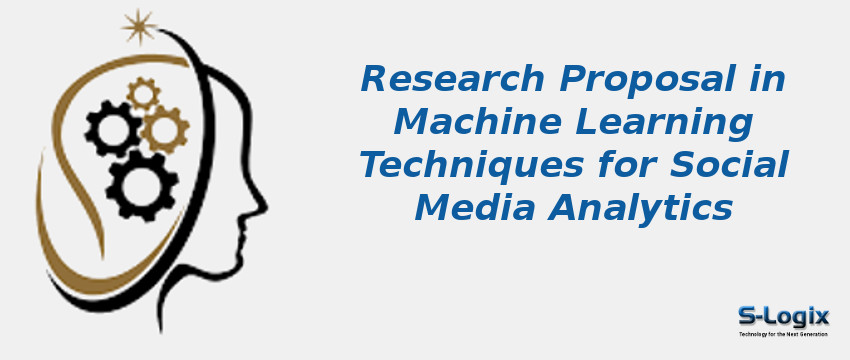The increasing growth of the blogosphere has enabled consumers to persuade public perception. Consequently, the availability of valuable insights is also extensive. Such insights help marketing organizations to gather opinions to enhance their performance. On the other hand, extracting potential insights from enormous amounts of data is a more challenging task. These kinds of difficulties are overcome by social media analytics. Social media analytics is concerned with the process of gathering and interpreting the data from online social media to perform market research and strategic business decisions. Social media analytics attempts to harvest the insights of the potential consumer from social media through machine learning techniques that derive the hidden insights from the massive unstructured online social media data. With this technique, the sentiment, emotion, audience demographics, topics, the opinion of the customer can be extracted to retrieve the most relevant data to enable insightful decision-making.
It has been broadly used in the recommender system, sentiment analysis, text mining, business approach, and marketing. A key aspect of social networks is richer in the information that brings the challenges and opportunities in data mining and knowledge discovery. The most challenging segments of social media analytics are the data coverage in which tracking and collecting the rich content qualitative data is difficult. Unfortunately, not entire users of social media networks are truthful to spread information that induces complexity while extracting trustworthy information. The issue of determining the information spreaders requires the external force, yet it still leaves the research challenges. In social networks, diverge content is exhibited widely different language styles that make it difficult to interpret the sentiment and context. It results in significant complexity in the sentiment analysis of the free-form text for decision making. Furthermore, automated sentiment analysis still faces issues while dealing with the noise and free-form text of the users in social media.
The rich user interaction and user-generated content on social media networks make challenges in storage and processing power. The collaborative environment complicates the process of collecting the “representative” data about the entity from plenty of sources. An unprecedented scale of users and their unstructured data in the social media networks complicate the extraction of intelligence from that data that demands the expertise and scientific tool to manage the vast interconnected system. Furthermore, the data from several social media networks is noisy that complicating the identification of potential insights.
